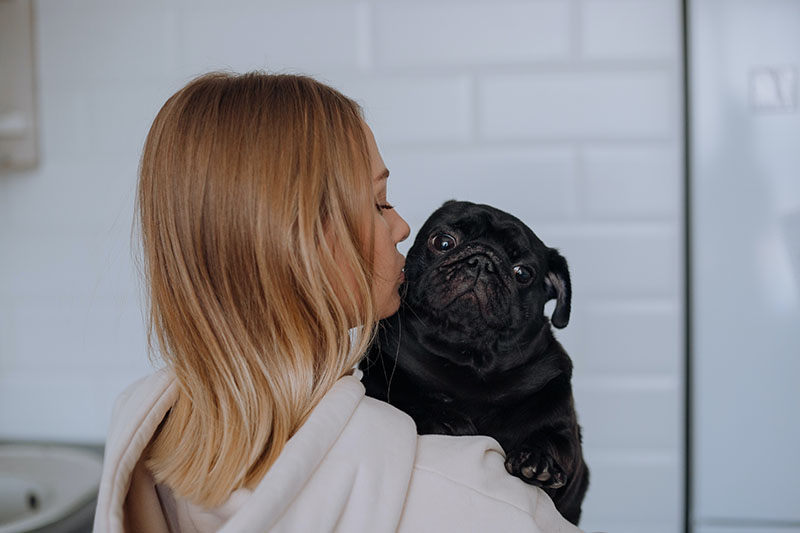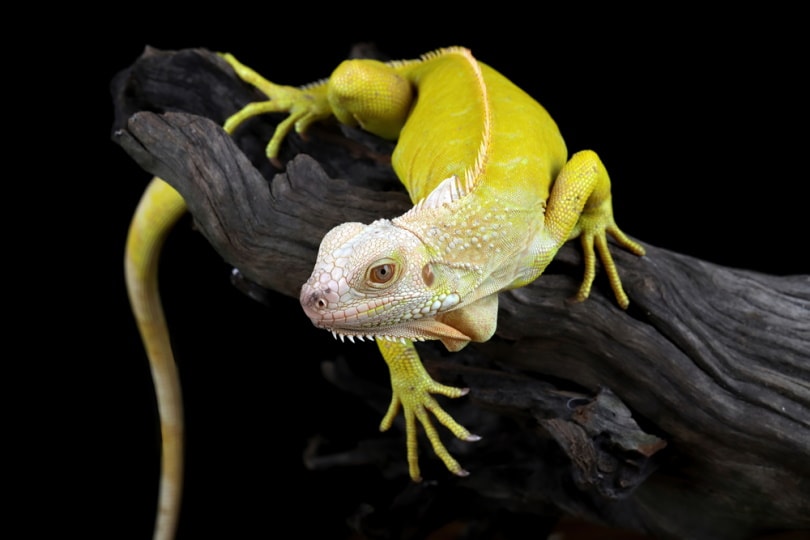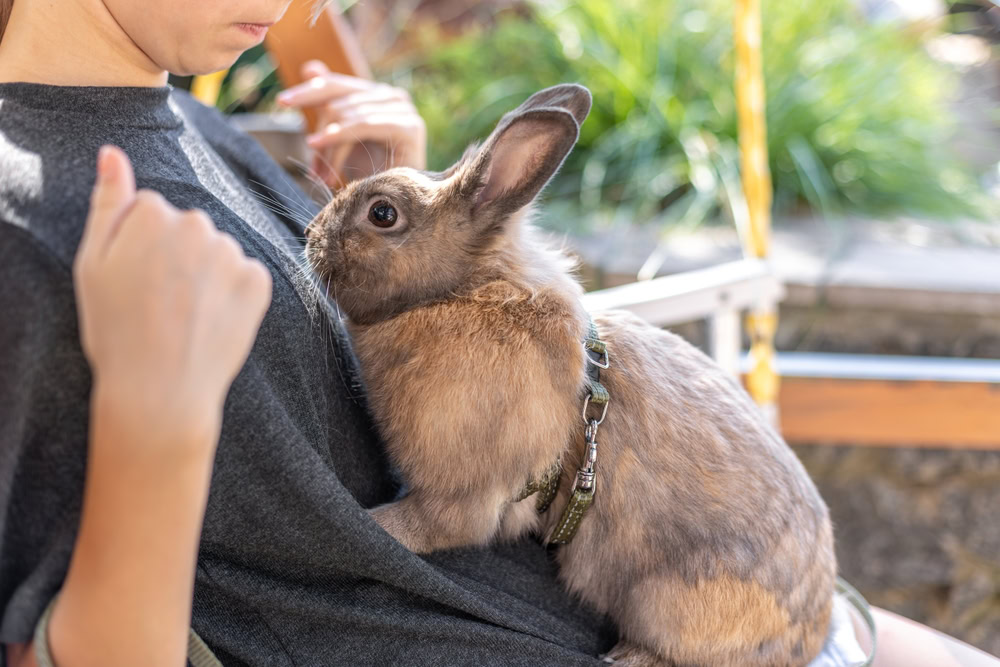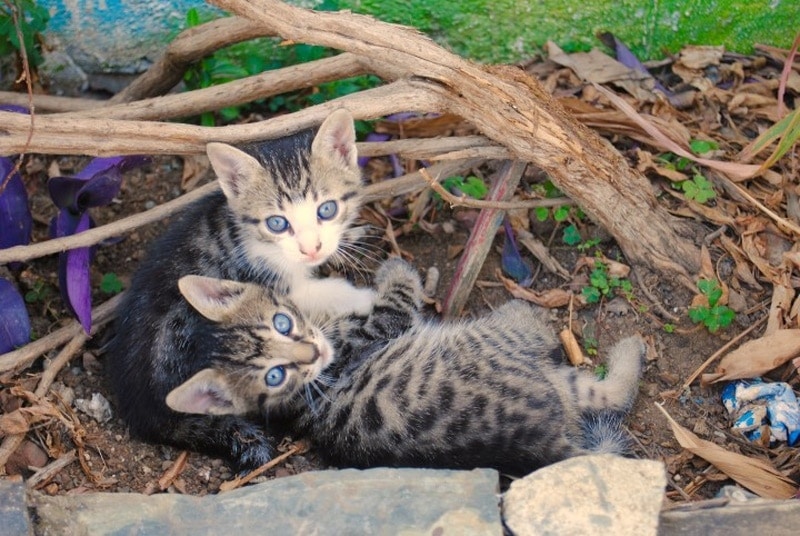VET APPROVED

The information is current and up-to-date in accordance with the latest veterinarian research.
Learn more »Click to Skip Ahead
While every dog has its own individual personality, some breeds tend to be more affectionate with humans than others. Let’s use the Pug as an example since they’re an Internet darling with their goofy antics. Are Pugs affectionate pets? Absolutely! Many articles have shown that pugs consistently rank high on lists of the most loving dog breeds.1 In fact, Pugs are known for becoming so attached to their families that they follow them around everywhere like Velcro.
Pugs are incredibly affectionate companions who thrive on human attention and love nothing more than cuddling, following their owners around, and bringing joy to their families. Their small size makes them easy to handle, and their gentle nature means they are rarely aggressive. However, their adorable looks come with serious health challenges. Their flat faces lead to breathing difficulties (brachycephalic syndrome), and they are prone to eye issues, joint problems, and obesity. While their loving personality makes them wonderful pets, potential owners should be prepared for their extra healthcare needs.
If you’re interested in learning more about the Pug, we’ve got the info for you. Read on below to learn if pugs get separation anxiety, a bit about the breed, and ways you can better bond with your beloved lapdog.

The Pros and Cons of an Affectionate Pug
While the pros of an affectionate dog are obvious, the cons might not be. One of the downsides to such loving dogs is that they can get separation anxiety when they spend too much time without you. All dogs can get separation anxiety, which is when they get very stressed out or anxious when apart from their family. Pugs are especially susceptible to developing separation anxiety because they love to be with you at all times, which makes them poor companions for people who work long hours.
Crate training is a lifesaver here, but only with an abundance of caution. Pugs are very sensitive and might reject being confined at first, but patience and positive reinforcement are your best allies. By making the crate a safe space that they want to hang out and relax in, you minimize any bad associations with being apart from you. The crate training process could take up an article of its own, but we strongly recommend it for Pug owners to curb separation anxiety.
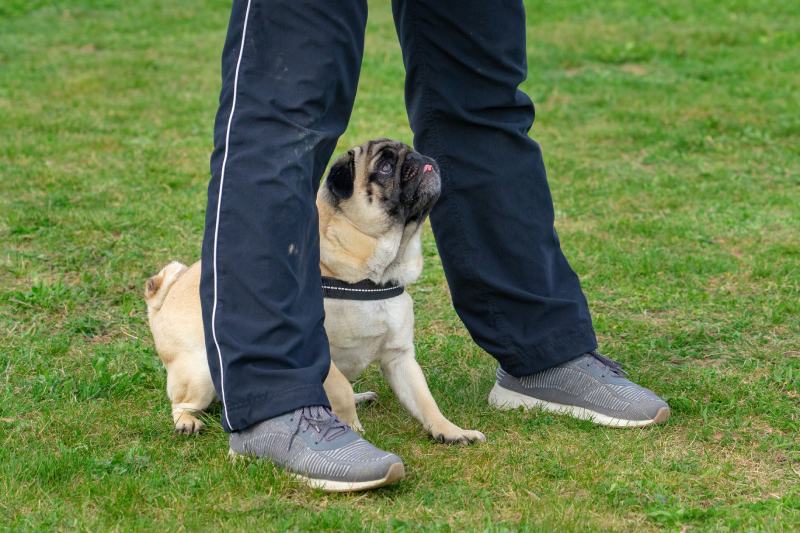
Pugs in History
Pugs can trace their lineage back to ancient China, where they were bred to be lap dogs for royalty and even jealously guarded by soldiers. Sadly, history still isn’t sure what breeds were mixed to create the Pug we know and love today.
For many generations, the Pug bloodline was kept a royal secret. Puppies were sometimes doled out as gifts to nobles, merchants, and distinguished officers. They were so ubiquitous in Chinese culture that they were depicted in art and folktales, celebrated as a symbol of good luck and steadfast loyalty.
Well, that is until some enterprising Dutch traders smuggled Pugs back to Europe in the 16th century or so. They became a huge hit overnight after Queen Victoria became enamored with the breed, and she owned many Pugs in her lifetime. Their small size and lazy habits made them perfect royal companions, and royalty as far as Russia were known to have owned Pugs.
Pugs hopped the pond to the US with British settlers in the 18th century, but their history is spotty for the next century or so. In the late 1800s, they enjoyed a popularity boost and were formally recognized by the American Kennel Club in 1885. From there, their appeal snowballed until they became the Instagram favorite we know today.
How to Bond with Your Pug
Pugs are eager to please and love spending time with you, which presents plenty of opportunities to strengthen your bond with them. They’re a lovable breed but a bit stubborn when they want to be, so you’ll need to cultivate patience. Read on below for some ideas of ways you can bond with your lapdog Pug today.
Ways to Bond with Your Pug:
- Training: Pugs will do just about anything for food, and it is your best tool for busting sassy behavior during training sessions.
- Exercise: They’re not athletes, but Pugs enjoy playing outside as much as they love chilling at home so long as you’re there with them.
- Alone time: While they prefer to be with you, alone time in a cozy den-like space can help make your Pug feel secure in their attachment to you and reduce anxiety.
- Grooming: Pugs don’t need a ton of grooming, but a nice brush session once a week will help keep their folds and coat sleek, clean, and healthy.
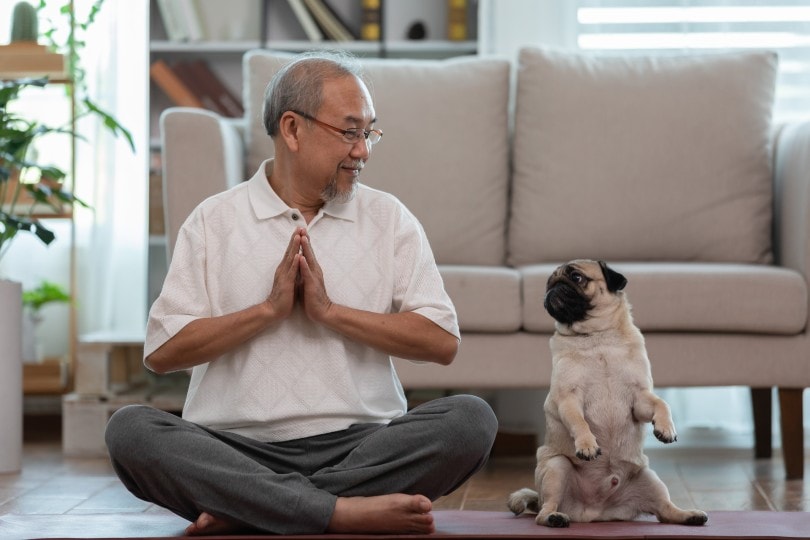

Conclusion
Pugs are one of the most affectionate dog breeds you can own, but they need a lot of attention to stave off separation anxiety. Their kooky, infectious joy for just being with you is sure to win over even the surliest would-be pet parents. Sadly, their endearing appearance and physical traits predispose them to numerous health issues. As with other brachycephalic breeds, current veterinary advice is to minimize further breeding and consider adopting healthier breeds instead. After all, who wants to see a beloved and affectionate companion suffer?
Featured Image Credit: Ivan Babydov, Pexels
